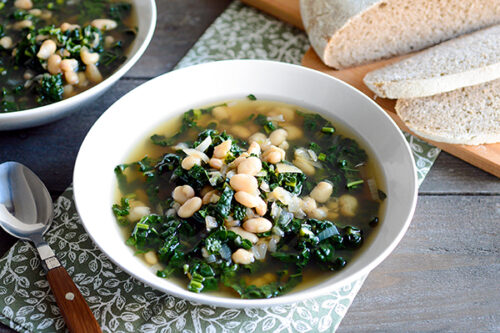Favorite 5 Articles from the April 2013 Newsletter
Favorite 5 Articles from Recent Medical Journals
Calcifications of Mummies’ Arteries Due to Meat in Their Diet
“Atherosclerosis across 4000 years of human history: the Horus study of four ancient populations,” by Randall C. Thompson in the April 6, 2013 issue of the medical journal the Lancet, found that, “Atherosclerosis was common in four pre-industrial populations including pre-agricultural hunter-gatherers. Although commonly assumed to be a modern disease, the presence of atherosclerosis in pre-modern human beings raises the possibility of a more basic predisposition to the disease.” The article ends with an erroneous statement: “The presence of atherosclerosis in pre-modern human beings suggests that the disease is an inherent component of human ageing and not characteristic of any specific diet or lifestyle.”
Using high-tech computer technology with x-rays, a method called Computed Tomography (CT) scanning, investigators examined the preserved remains of mummies from Egyptian, Peruvian, Puebloan (from the southwest US), and Unangan (Inuit Eskimos from Aleutian Islands of modern day Alaska) populations. Mummies from all four regions showed disease. Of 137 bodies examined, 47 (34%) had probable or definite atherosclerosis; over an estimated age of 40, half had atherosclerosis.
Investigators provided information in this article about the diets of all four populations. Note that all, as hunter-gatherers, consumed animal foods:
Egyptians: Cattle, sheep, goats, pigs, hyenas, ducks, geese, quails, pheasants, and fish.
Peruvians: Alpaca, guinea pigs, ducks, Andean deer, birds, crayfish, and fish.
Puebloans: Rabbits, mice, big horn sheep, mule deer, and fish.
Unangans: Seals, sea lions, sea otters, whales, shellfish, sea urchins, eggs, and fish.
Finding calcium with CT scanning is considered pathognomonic for atherosclerosis, the most common kind of artery damage. (Pathognomonic means a sign or symptom of a disease that is so characteristic that it can be used to make a diagnosis.) Among modern people who follow the high-meat Western diet, calcification is ubiquitous in men by the age of 60 years and in women by 70 years.
Comment: People love to hear good news about their bad habits, and publication of this headline-grabbing article put the roast-beef sandwich back on the “guilt-free foods” list for many. These investigators reached a commonly held belief that dying from complications of atherosclerosis is an inevitable consequence of natural aging (with a little bad luck and genetics). Although with advancing age artery damage does become more common and severe, this disease also affects the very young. Autopsy data from American casualties of the Korean and Vietnam wars found atherosclerosis in 77% and 45%, respectively, of young men, with severe disease in 5%. A large autopsy study in the US of accident victims, aged 15–19 years, found atherosclerosis in the aortas in all of the remains, with heart (coronary artery) lesions in more than half.
Most importantly, this Lancet study of atherosclerosis across 4000 years of human history of four ancient populations proves that “it’s the food.” You have heard the phrase “diet and lifestyle” in reference to the cause of common modern diseases, such as atherosclerosis. “Lifestyle” specifically refers to lack of exercise, the habit of cigarette smoking, and the burdens of various stresses associated with present-day living. These ancient people had none of these negative “lifestyle” factors affecting them, which leaves only their diet. “Lifestyle” is the scapegoat for people wanting to avoid the truth about the meat on their dinner table.
Recommended Articles

Three Essential Keys To a Healthy Diet

Mary's Mini-McDougall Diet® - Answers to Common Questions





